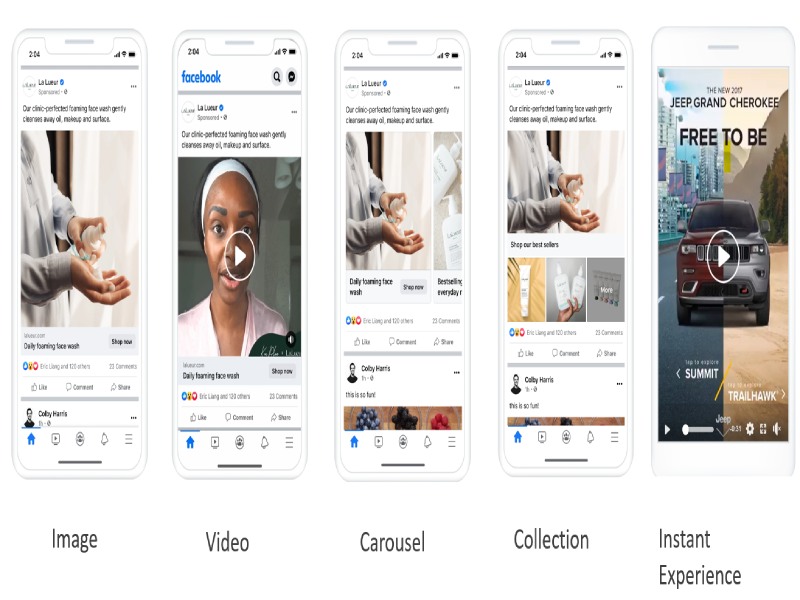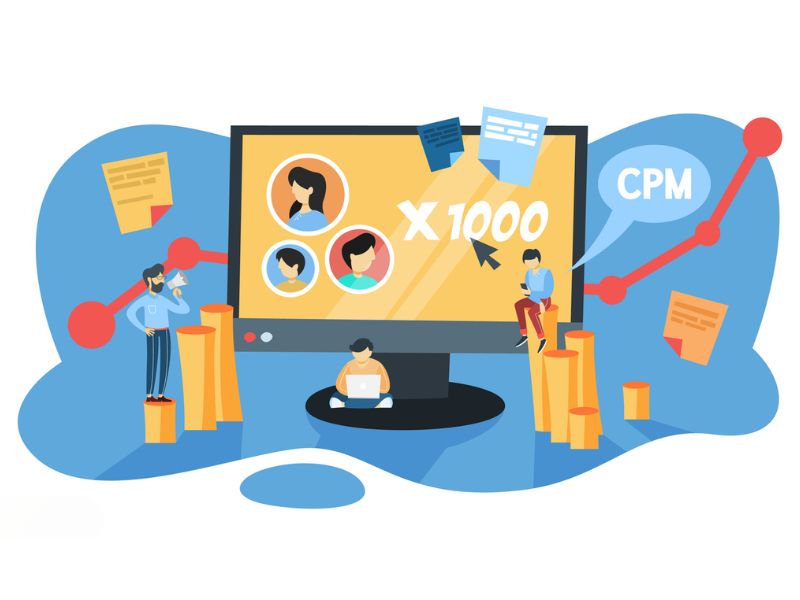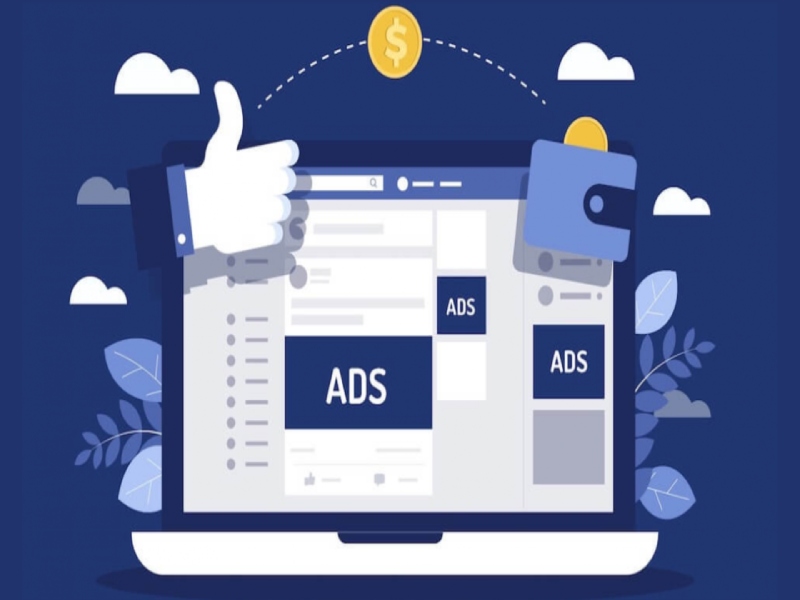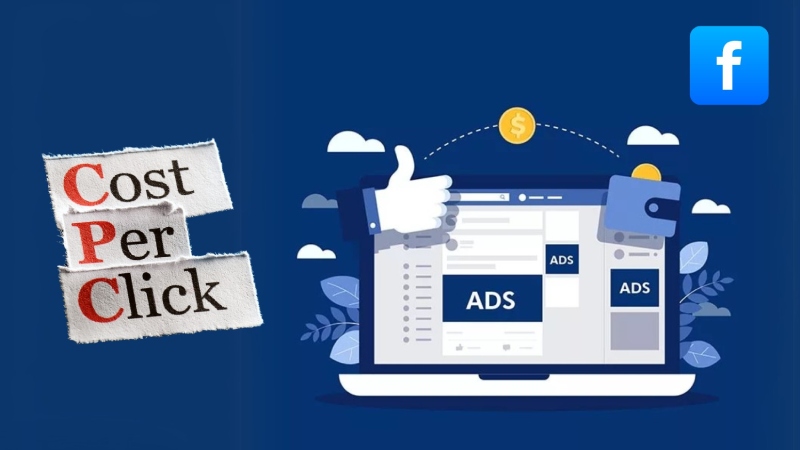CPM (Cost Per Mille) is the cost you pay to Facebook for every 1,000 impressions of your ad. The lower your CPM, the cheaper your advertising costs, and vice versa. Regularly monitoring and measuring CPM is crucial because it helps you determine whether your funds are being invested effectively. Based on this, you can make necessary adjustments to improve your campaign performance. So, how to calculate CPM Facebook? Follow along with NEMI Ads to learn more!
1. The formula for calculating Facebook CPM
To calculate CPM (Cost Per Mille or Cost Per Thousand Impressions) on Facebook, use the following formula: CPM = (Total Impressions/ Total Cost)×1000.
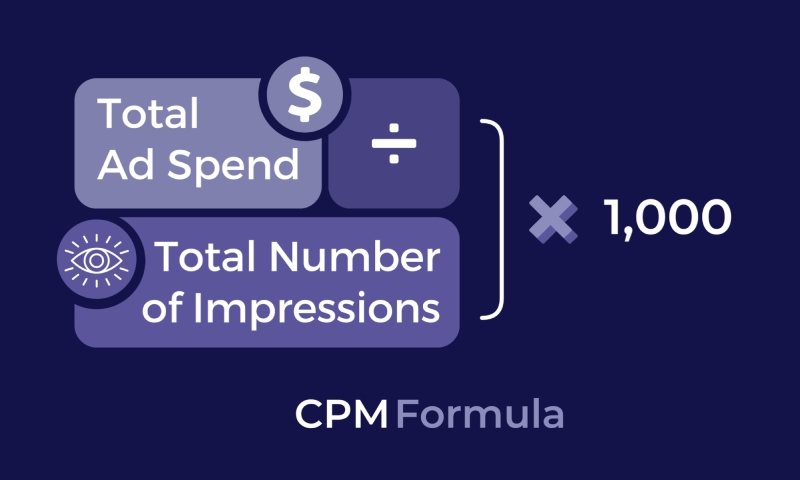
Where:
- Total Cost is the amount of money you spent on the ad.
- Total Impressions is the number of times your ad was shown to users.
For example, if you run an ad campaign with:
- Total cost: $1000
- Impressions: 20,000
Applying the formula: CPM = (1000 / 20000) x 1000 = $50
This basic formula is essential if you’re learning how to calculate CPM Facebook, especially when assessing ad spend efficiency across campaigns.
2. How to find your Facebook CPM?
Step 1: Go to Facebook Ads Manager
Log in to your Facebook account and navigate to the Facebook Ads Manager. You can find this under the “Ads” section in your main menu or by searching “Ads Manager” directly in the search bar.
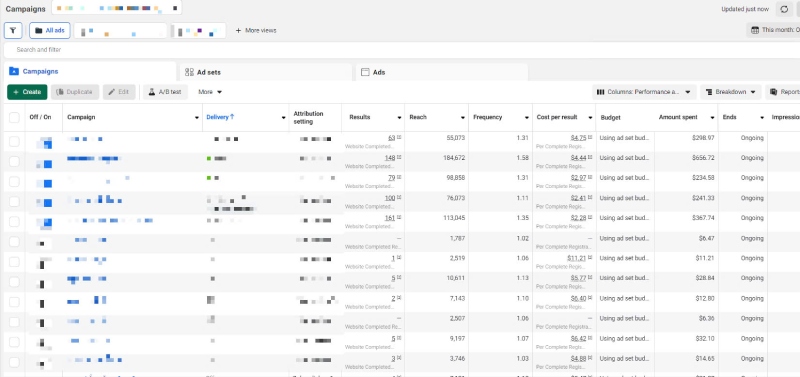
Step 2: Find the ad campaign you want to review
Once you’re in the Ads Manager, you’ll see a list of all your ad campaigns. Identify the specific campaign for which you want to check the CPM. You can use the filters or search bar to find the campaign more quickly.
Click on the name of your campaign to access its performance details. You’ll be presented with various metrics related to your ad campaign.
Step 3: Look the campaign performance metrics
In the top-right corner of the campaign view, find the “Columns” dropdown menu. Click on it, and from the list of options, choose “Performance and Clicks”. This view includes key metrics such as impressions, clicks, and more.
After selecting “Performance and Clicks,” look for the CPM column in the table. The CPM (Cost Per Mille) represents the average cost per 1,000 ad impressions. This number helps you understand how much do 1000 impressions cost on Facebook?

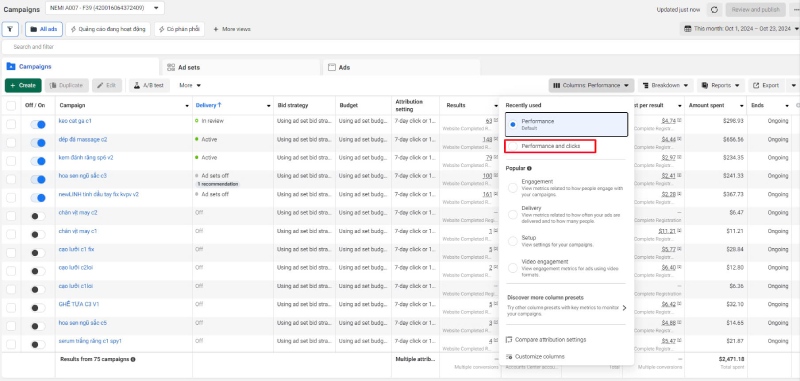
3. How to evaluate your CPM?
After calculating your CPM, it’s important to evaluate whether this figure aligns with your campaign goals. Here’s how to assess your CPM:
- Analyze Performance Across Campaigns: Compare CPM between different ad groups or campaigns. Some audiences or ads may have a lower CPM, while others may be more expensive. This will help you identify which parts of your campaign are performing better and allow you to allocate more budget to them. You can also use a CPM calculator to speed up the process.
- Consider Industry Standards: Compare your CPM with industry benchmarks. Every industry has its own average CPM. For example, eCommerce may have a lower CPM compared to finance or healthcare. Knowing your industry’s standards will help you determine what is a good CPM for Facebook?
Below are the average CPM rates by industry for reference:
| Industry | Average CPM |
| Apparel & Footwear | $5.99 |
| Consulting & Professional services | $8.93 |
| eCommerce | $5.33 |
| Education | $5.31 |
| Food | $2.6 |
| Healthcare | $5.78 |
| Health & Wellness | $5.73 |
| IT & Software | $8.96 |
| Manufacturing | $2.4 |
| SaaS | $8.26 |
| Technology | $9.98 |
(Source: Databox)
After evaluating the performance across campaigns and comparing with industry averages, you can easily determine if your CPM is reasonable. Specifically, if your ad’s cost per 1,000 impressions is lower than or equal to the industry average for your business, you’re doing great. Otherwise, you may need to apply some strategies to improve your campaign performance, such as:
- Improve Your Relevance Score in Facebook Ads Manager: Facebook prioritizes ads with high relevance scores, so improving this score will also help lower your CPM.
- Adjust the Frequency of Your Ad to Avoid Ad Fatigue: A high ad frequency can lead to user fatigue and cause them to ignore your ads, directly impacting your CPM and conversion rate. To manage ad frequency, adjust your campaign objectives or exclude certain audience segments.
- Align Your Ad with Audience Preferences and Behaviors: In an information-saturated environment, you can only capture users’ attention if your ad aligns with their interests and behaviors.
- Refine Your Target Audience: Serving ads to a too-broad audience can increase your CPM. In this case, the best strategy to improve CPM is to create detailed customer profiles and target specific audiences.
These strategies are further discussed in detail in the article How to Lower CPM on Facebook.
We hope this guide on how to calculate CPM Facebook from NEMI Ads has provided you with a comprehensive overview of how to measure CPM. With this knowledge, you can evaluate your CPM and the effectiveness of your ad campaign investments. Be sure to visit NEMI Ads regularly for more useful content!


